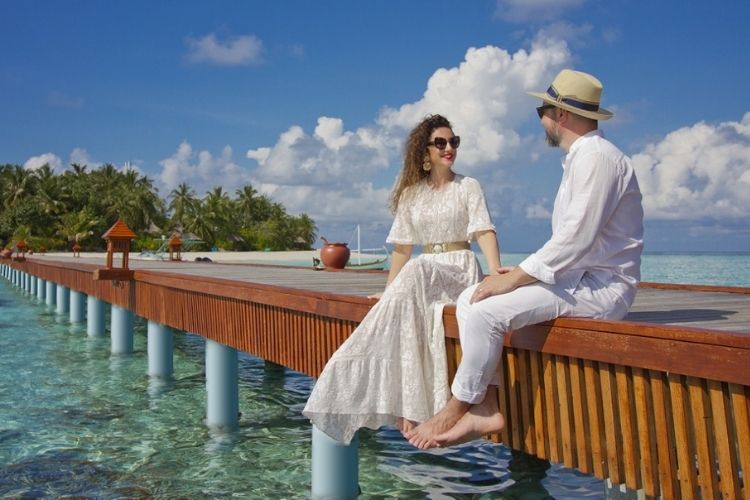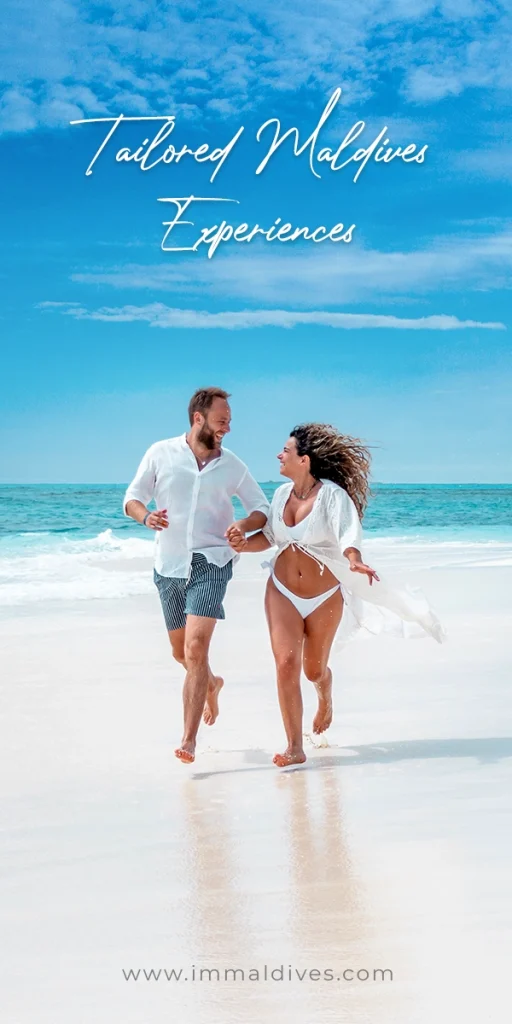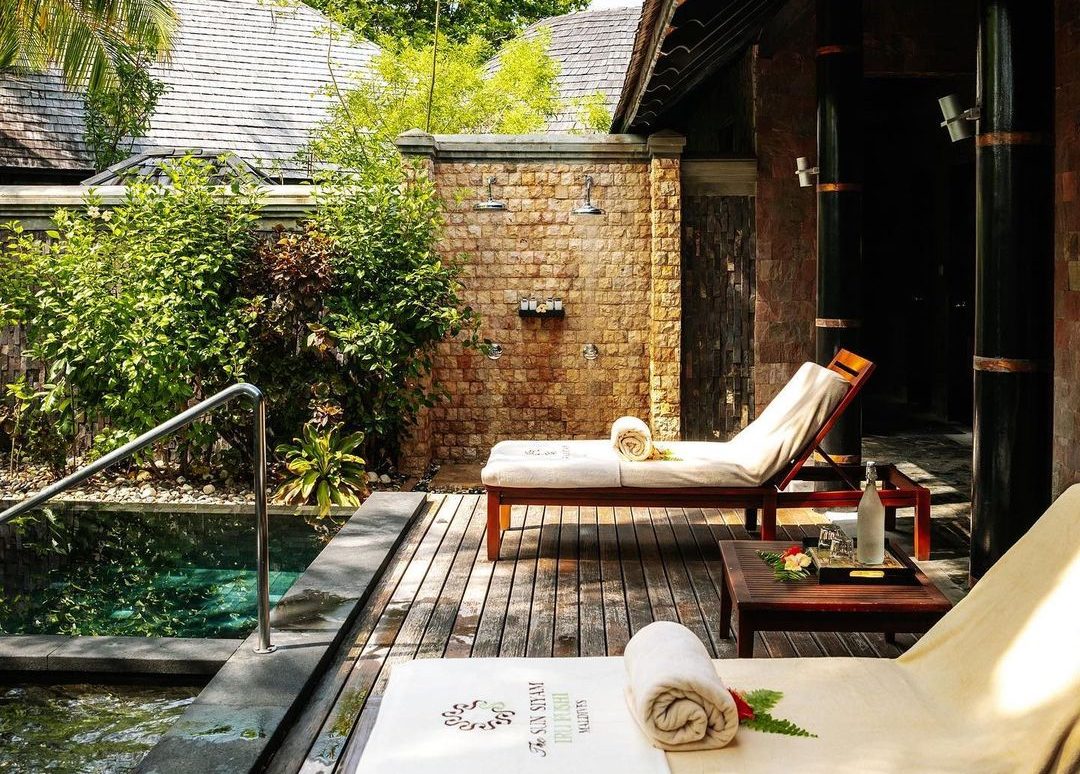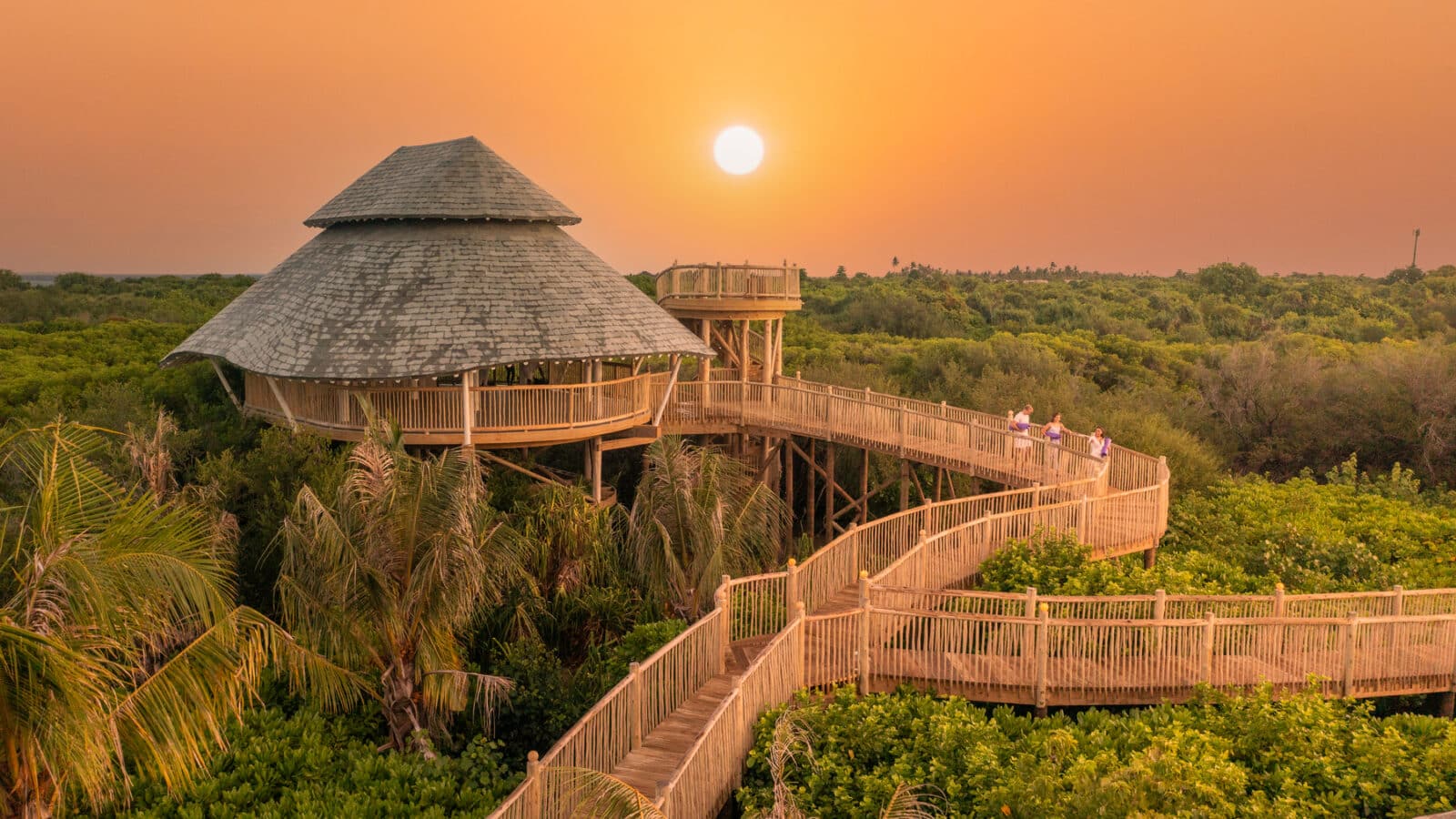Banyan Tree Vabbinfaru and Condé Nast Traveller are taking you on a trip of a lifetime with a 5-nights holiday in a private beach villa in the Maldives.
According to Banyan Tree Vabbinfaru, the resort and Condé Nast are giving away 5-nights free stay with complimentary return international flights and airport transfers for two. So, enter this competition and enjoy the day lounging in your very own private Ocean View Pool Villa, treat yourself to a relaxing massage at the award-winning Banyan Tree Spa. Or you can head out to explore the diverse underwater life on the island’s house reef.
You’ll also get both breakfast and dinner included in your stay. Furthermore, the winner and his/her guest will also get the chance to experience an endless Maldivian sunset with sparkling wine and canapé onboard the Banyan Tree Vabbinfaru Kahan’bu catamaran.
Alongside these amazing activities, non-motorized water sports are also included in the prize. The winners can pick a two-seater kayak or a stand-up paddle board to explore the vast island lagoon at your own pace.
The competition closes on Wednesday 14th January 2021. So, to enter go to https://www.cntraveller.com/article/win-a-6000-holiday-to-the-maldives
About Banyan Tree Vabbinfaru
Banyan Tree Vabbinfaru opened its doors in 1995, becoming the first international chain resort in the Maldives. Situated on the North Malé Atoll, the resort is a mere 20 minutes speedboat ride from the Velanaa International Airport.
Also read: Choosing a Villa in the Maldives: Beach, Overwater or Underwater?
Uniquely designed to reflect a seashell spiral, the understated elegance of conical thatched roof villas imparts a sense of traditional Maldivian magic. Together with sister island Angsana Ihuru, just a five-minute speedboat ride away, the tropical Banyan Tree Vabbinfaru is the ‘ultimate, dreamed-about experience’ of the Maldives. For more information about the resort click HERE.







